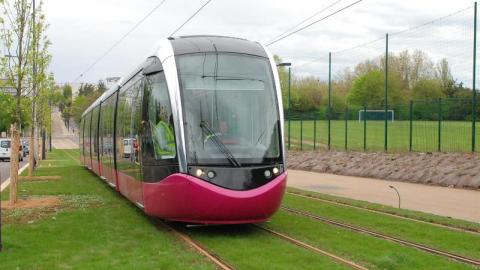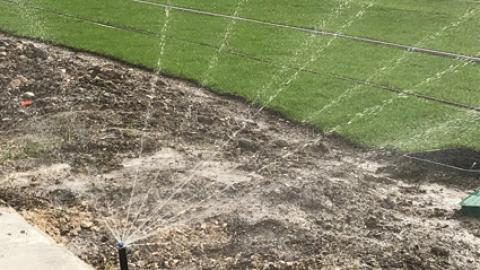The different irrigation techniques used on a tramway sprinklers / subsurface drip irrigation
As part of the challenge to improve urban mobility, a highly topical issue,
the development of tramway systems in France’s major cities is accelerating.
It is, in fact, an efficient solution for replacing vehicle traffic and reducing urban pollution.
So many cities have decided to take the plunge these last few years: Angers, Aubagne, Besançon, Bordeaux, Brest, Caen, Clermont-Ferrand, Dijon, Grenoble, Le Havre, Le Mans, Lille, Lyons, Marseilles, …Paris - in anticipation of the Olympic Games of 2024. In most cases, these cities have supplemented the development of these massive infrastructures with the planting of green vegetation. The idea is to create green belts and, apart from improving the traffic flow, to use the vegetation to reduce noise pollution, which will have a positive impact on the environment (carbon absorption, oxygen release, assimilating heavy metals and controlling the temperature by mitigating the heat waves) and generally improving the city dwellers’ quality of life. The term used is “sustainable urban development”. In the long run, these green areas bring vitality and movement to these urban centres and help them build confidence in the future.
To green up the tramway lines, grass areas (increasingly mixed with perennial plants) have often been introduced. However, the layers of substrate that can be used and placed on the platforms are relatively thin, which means that there is a risk of the grass becoming yellow at the slightest sign of a problem with the irrigation. Thus, the irrigation system must meet all the demands and its efficiency and reliability must be optimal.
The entire article is reserved to subscribers
Click here to subscribe


